Few birds capture the imagination quite like the lyrebird, one of nature’s most extraordinary performers. With its stunning tail feathers, unmatched mimicry skills, and elaborate courtship dances, this Australian native is a true wonder of the avian world. Whether you’re a bird enthusiast or just someone who appreciates wildlife’s quirks, the lyrebird will leave you in awe.
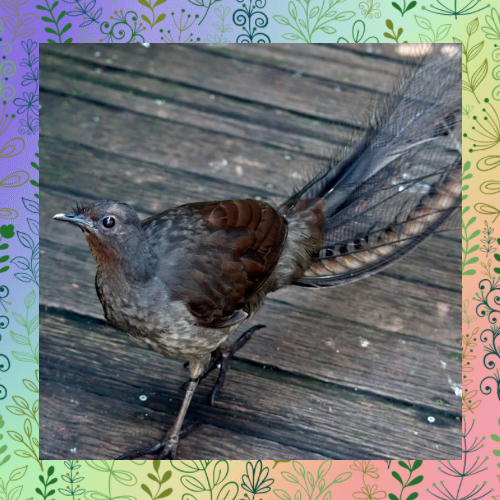

Meet the Lyrebird
Lyrebirds belong to the genus Menura and are found in the rainforests and bushland of eastern Australia. There are two species:
1. Superb Lyrebird (Menura novaehollandiae) – Larger and more widespread.
2. Albert’s Lyrebird (Menura alberti) – Slightly smaller, with a more restricted range in Queensland.
These birds are ground-dwellers, preferring dense forests where they can forage for insects, seeds, and small invertebrates. But what truly sets them apart is their incredible ability to mimic sounds—both natural and man-made.
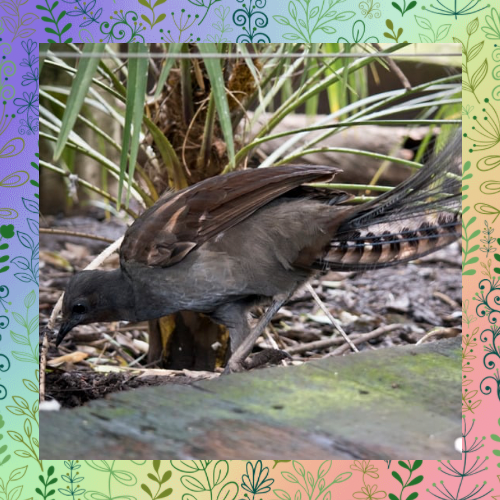
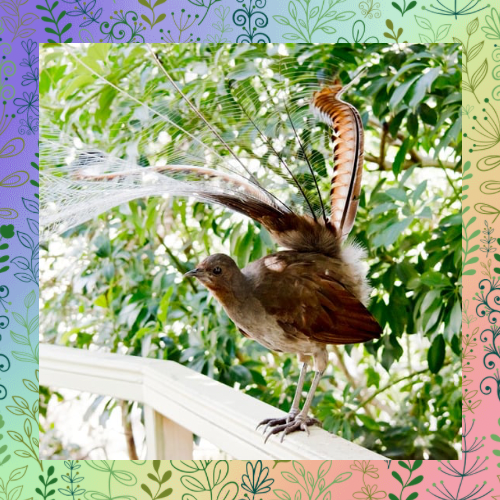
The Lyrebird’s Legendary Mimicry
Imagine walking through the Australian bush and hearing what sounds like a chainsaw, car alarm, or even a camera shutter—only to realize it’s a lyrebird! These birds are nature’s ultimate sound engineers, capable of replicating:
- Other bird calls (kookaburras, parrots, whipbirds)
- Human-made noises (construction sounds, musical instruments, voices)
- Animal sounds (dogs barking, dingo howls)
Male lyrebirds use their mimicry primarily during mating displays, incorporating a mix of natural and artificial sounds to impress females. Studies have shown that they can remember and reproduce dozens of different sounds with astonishing accuracy.
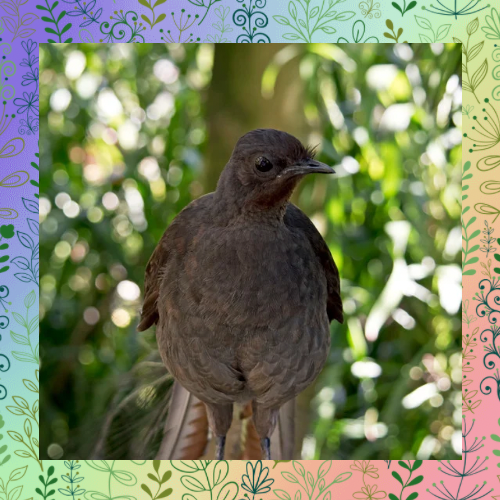
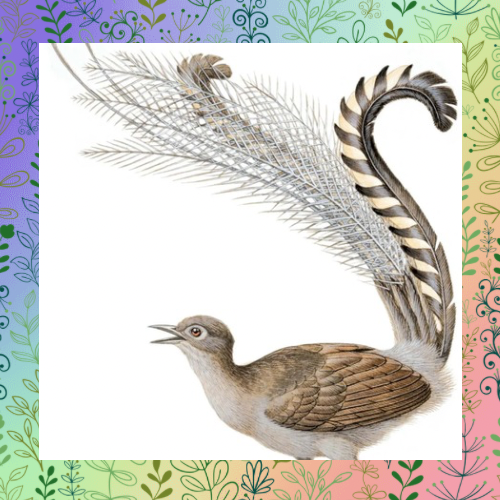
Fun Fact: In one famous recording from the 1960s, a lyrebird mimicked the sounds of old-fashioned camera shutters and a lumberjack’s axe—a testament to how they adapt to human environments!
The Dazzling Tail Feathers
The male lyrebird’s magnificent tail is its crowning glory. When fully fanned out, the tail resembles an ancient Greek lyre (hence the name). The outer feathers form a lyre-shaped frame, while the inner feathers are delicate, silvery strands that shimmer in the sunlight.
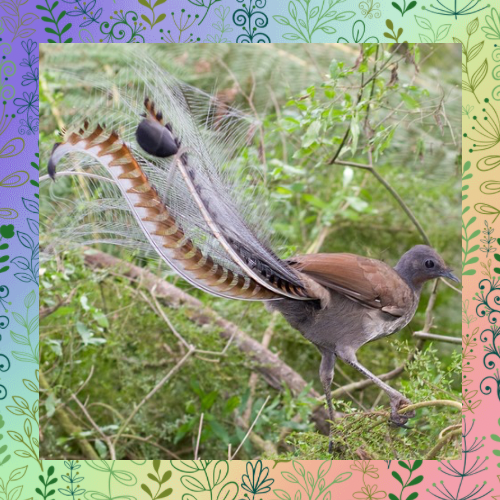
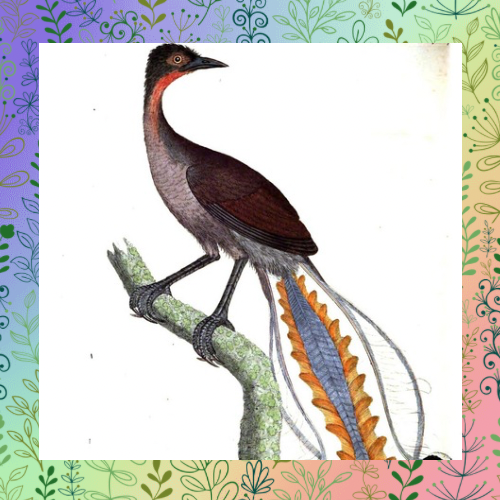
During courtship, males:
- Clear a small “dancing mound” on the forest floor.
- Sing a complex medley of mimicked sounds.
- Spread their tail feathers over their head like a shimmering veil.
- Perform intricate dance moves, shaking their feathers to create a mesmerizing display.
Females observe these performances carefully—only the most skilled singers and dancers win a mate!
Fun Fact: A male lyrebird may spend up to four months perfecting his courtship routine before the breeding season!
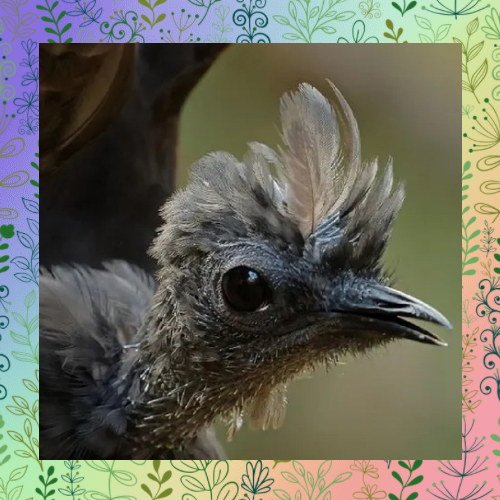
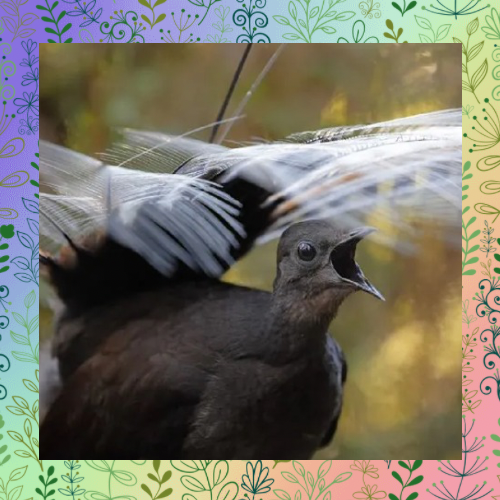
Conservation Status
While lyrebirds are not currently endangered, they face threats from:
- Habitat loss due to logging and urban expansion.
- Predation by foxes and feral cats.
- Climate change, which may alter their forest habitats.
Efforts to protect lyrebirds include national park conservation programs and research into their unique behaviors.
Why the Lyrebird Matters
Beyond their beauty and entertainment value, lyrebirds play a crucial role in their ecosystem:
- They help control insect populations.
- Their foraging habits aid in seed dispersal.
- They serve as indicator species for forest health.
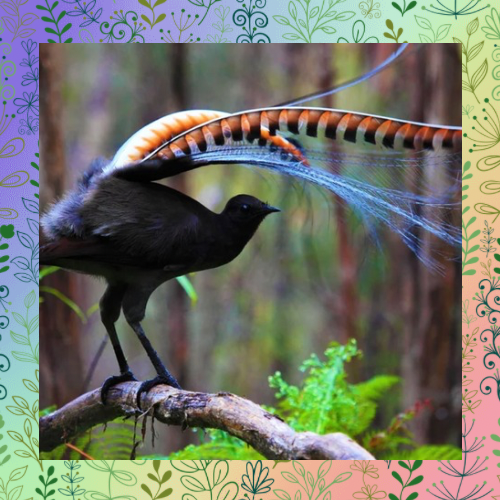
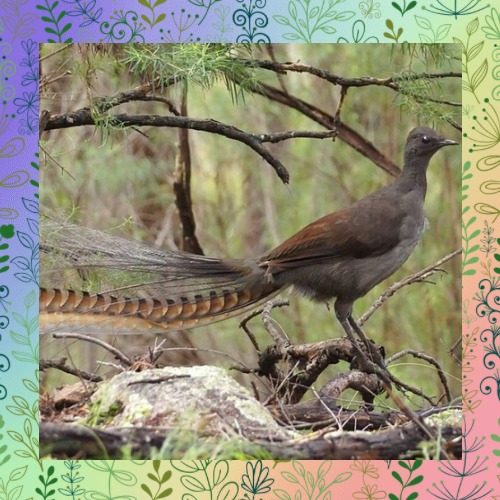
Final Thoughts
The lyrebird is a living masterpiece—a bird that dances, sings, and mimics the world around it with unparalleled skill. Whether you’re lucky enough to spot one in the wild or simply enjoy watching clips of their performances online, there’s no denying that the lyrebird is one of nature’s most fascinating creatures.
Would you believe a bird could imitate a chainsaw? The lyrebird proves that nature is full of surprises! 🎶🐦
References
- Australian Museum. (n.d.). Superb Lyrebird. https://australian.museum/learn/animals/birds/superb-lyrebird/
- Australian Geographic. (2020). Why Lyrebirds are the World’s Best Mimics. https://www.australiangeographic.com.au/news/2020/09/lyrebirds-the-worlds-greatest-ecosystem-engineers/
- BBC Earth. (2019). The Lyrebird: Nature’s Greatest Impressionist. https://www.bbc.com/travel/article/20140416-an-australian-bird-that-mimics-the-sound-of-a-chainsaw
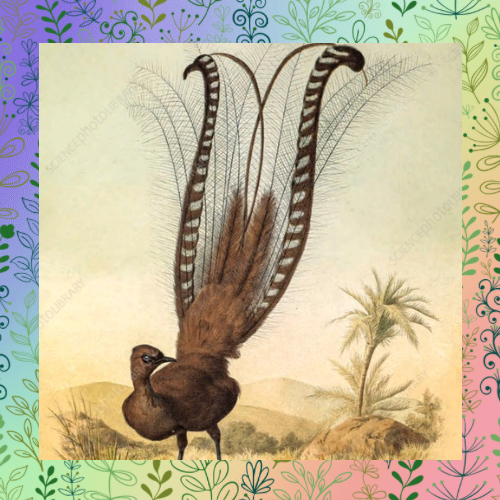


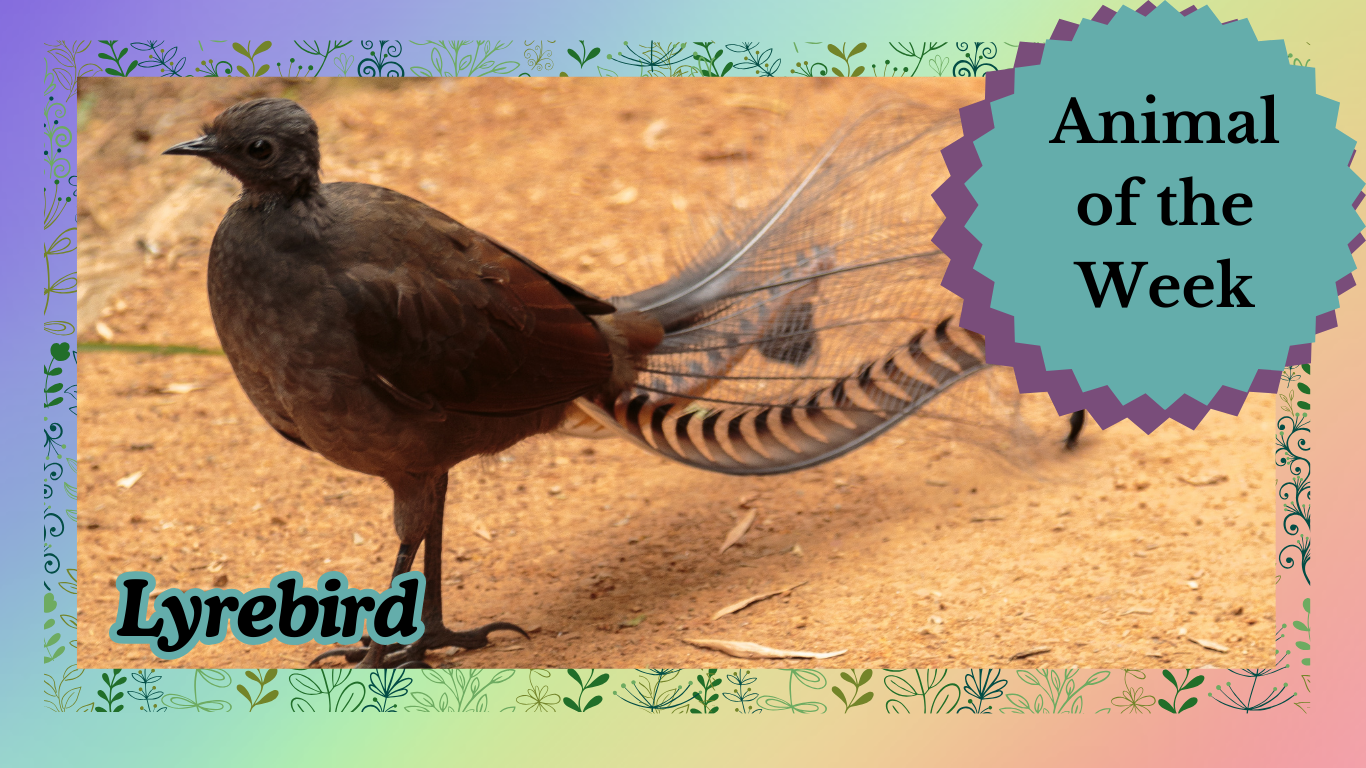


Wow wonderful blog layout How long have you been blogging for you make blogging look easy The overall look of your site is great as well as the content